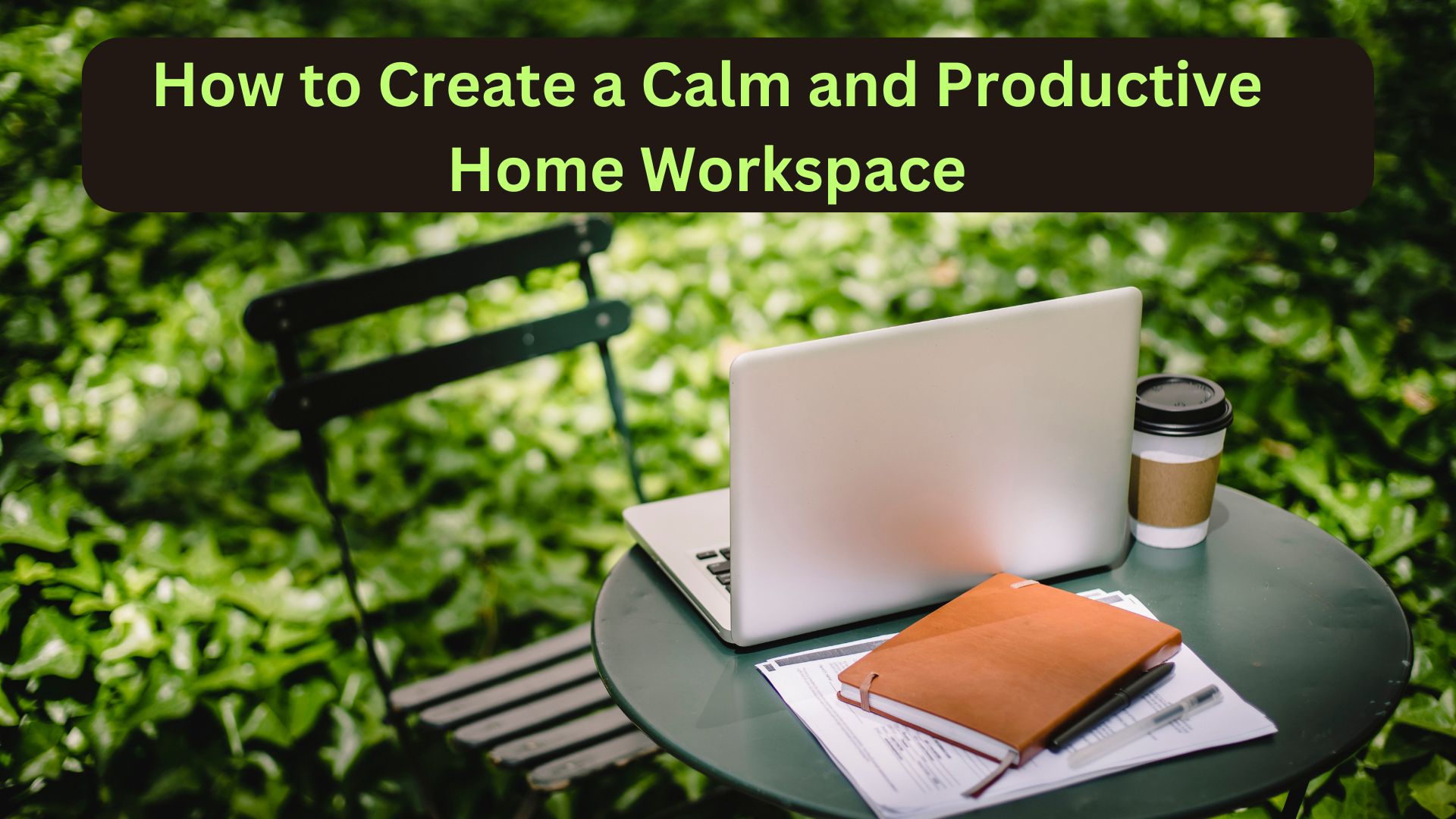In the world of remote work, your environment shapes your focus, mood, and output. A chaotic or uninspiring workspace can subtly sabotage your productivity and heighten stress levels, while a calm, purpose-built area can fuel creativity, well-being, and efficiency. Whether you’re a full-time virtual assistant, freelance writer, or remote team member, this guide walks you through setting up a workspace that works for you.
From lighting and layout to tech and decor, let’s explore the elements that transform any corner into a calm and productive zone.
Why Your Workspace Matters
Your surroundings have a significant impact on your ability to focus, feel motivated, and manage stress. A study by the Harvard Business Review found that workplace aesthetics—such as natural light, comfortable furniture, and even indoor plants—are directly linked to job satisfaction and output.
Benefits of an Optimized Workspace:
- Reduced stress and burnout risk
- Better time management and efficiency
- Fewer distractions
- Enhanced motivation and creativity
- Improved mental and physical health
Step 1: Designate a Dedicated Work Area
Start by selecting a specific location in your home solely for work purposes. This boundary is key to separating your professional and personal life.
Tips for Choosing Your Space:
- Avoid high-traffic areas or rooms with frequent distractions
- Natural light is ideal, but good artificial lighting is essential
- Use room dividers or furniture arrangement to define your space if you’re in a studio or shared room
| Space Type | Ideal For |
|---|---|
| Spare bedroom | Full-time remote work setup |
| Corner of living room | Part-time or flexible work |
| Kitchen table (with storage) | Temporary remote work or tight spaces |
Step 2: Optimize Lighting and Ambiance
Proper lighting reduces eye strain and boosts alertness. Your workspace ambiance should promote calm, focus, and energy.
Lighting Essentials:
- Use warm, indirect lighting in addition to overhead lights
- Position your desk near a window for daylight and a view
- Consider full-spectrum LED lamps for windowless spaces
Ambiance Boosters:
- Add a salt lamp or soft backlight
- Incorporate plants to purify air and enhance mood
- Play low-volume instrumental or nature sounds while working
Step 3: Invest in Ergonomics
Ergonomics = comfort + posture = better health and focus. Improper desk setups can cause long-term issues like back pain, eye strain, and fatigue.
| Ergonomic Feature | Benefit |
| Adjustable chair with lumbar support | Reduces lower back stress |
| Monitor at eye level | Prevents neck strain |
| External keyboard/mouse | Improves wrist and shoulder posture |
| Footrest | Encourages proper leg alignment |
Bonus Tip: Use a sit-stand desk converter to alternate positions and keep your energy up.
Step 4: Minimize Clutter and Maximize Functionality
Clutter equals distraction. A streamlined, organized space encourages mental clarity.
Decluttering Tips:
- Store papers and accessories in labeled bins or drawers
- Keep only essential tools and materials on your desk
- Use cable management clips or boxes to tame cords
Functionality Enhancers:
- Wall-mounted calendars or whiteboards for task tracking
- Desk drawer organizers or vertical file trays
- Dedicated tray for incoming/outgoing tasks
Step 5: Incorporate Personal Touches
Your workspace should reflect who you are—this makes it more inviting and inspiring.
Ideas:
- Framed inspirational quotes or travel photos
- Your favorite mug or small decorative piece
- Vision board or affirmations corner
Just avoid:
- Over-personalizing with too many items that can distract
- Mixing work tools and personal clutter
Step 6: Tech That Supports Productivity
The right tools can dramatically streamline your workflow and improve your efficiency.
| Tech Tool | Purpose |
| Noise-canceling headphones | For focus and blocking distractions |
| Ring light or webcam | For video calls and presentations |
| Fast internet and backup hotspot | To avoid lag or interruptions |
| Productivity apps (Trello, Notion, Todoist) | For task and project management |
Pro Tip: Consider dual monitors if you handle multiple applications or design-related work.
Step 7: Create a Daily Reset Ritual
Start and end your workday with intention. A reset ritual can help you transition into “focus mode” and wind down when the day is over.
Morning Ideas:
- Brew your favorite tea or coffee
- Review your top 3 priorities
- Tidy up your desk before starting
Evening Ideas:
- Power down devices
- Clear your workspace
- Light a candle or journal your day’s wins
| Reset Activity | Benefit |
| Morning stretch | Preps the body and mind |
| Gratitude journaling | Reduces anxiety and boosts positivity |
| Desk cleanup | Ends the day with clarity and peace |
Final Thoughts
Creating a calm and productive home workspace isn’t just about aesthetics—it’s about building an environment that supports your goals, mindset, and well-being. Start with one change at a time, and watch how your focus and energy shift.
Remember, your workspace is more than just a place to sit. It’s a reflection of your commitment to your craft and your mental wellness.







Leave a Reply